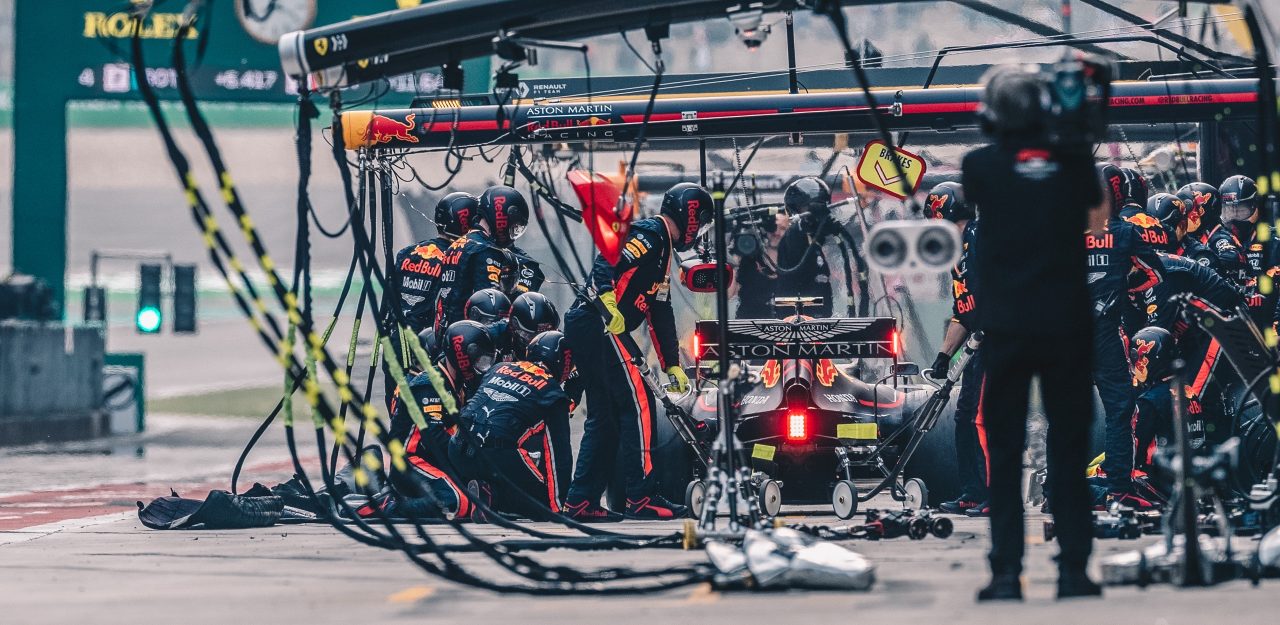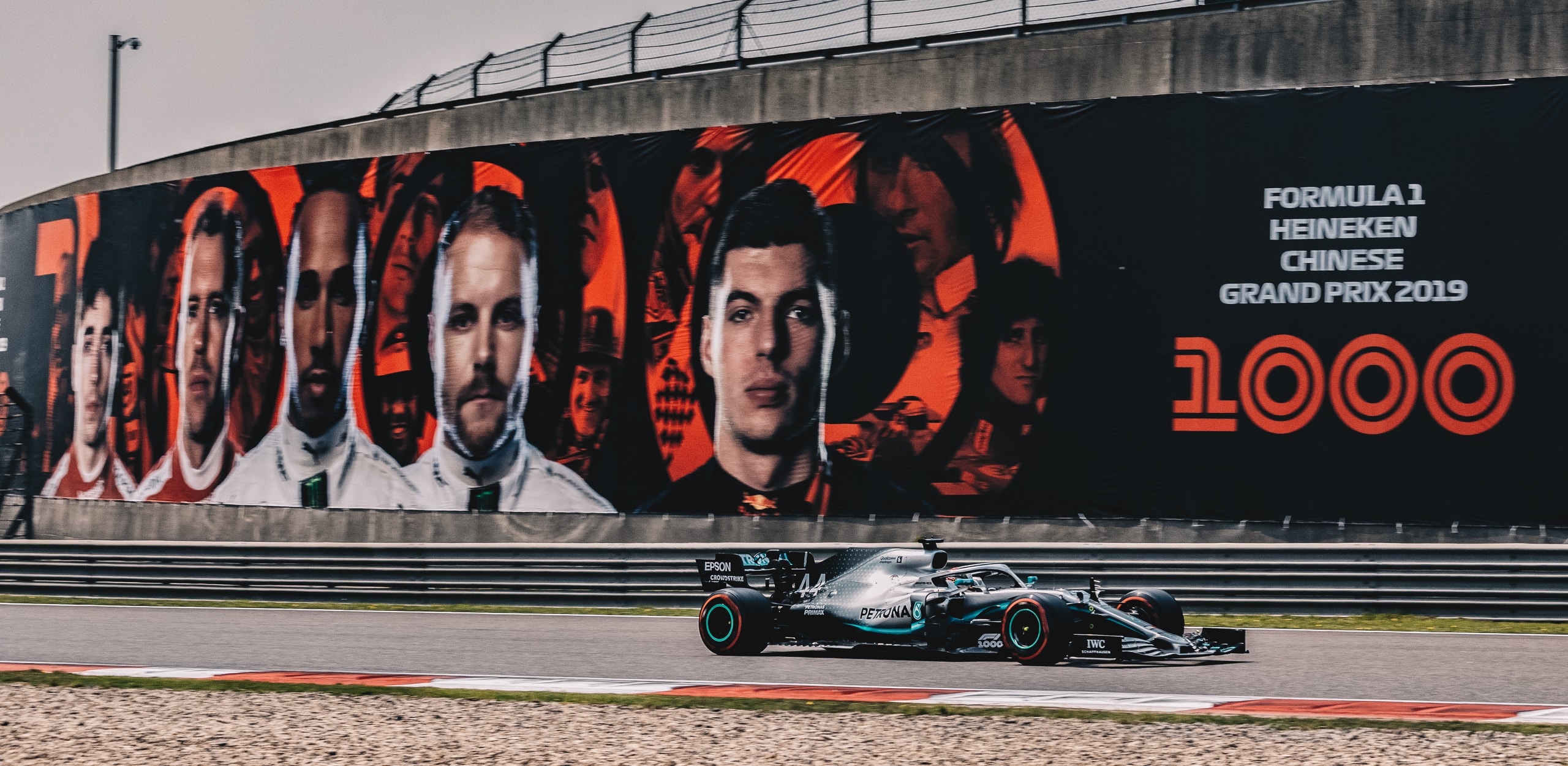
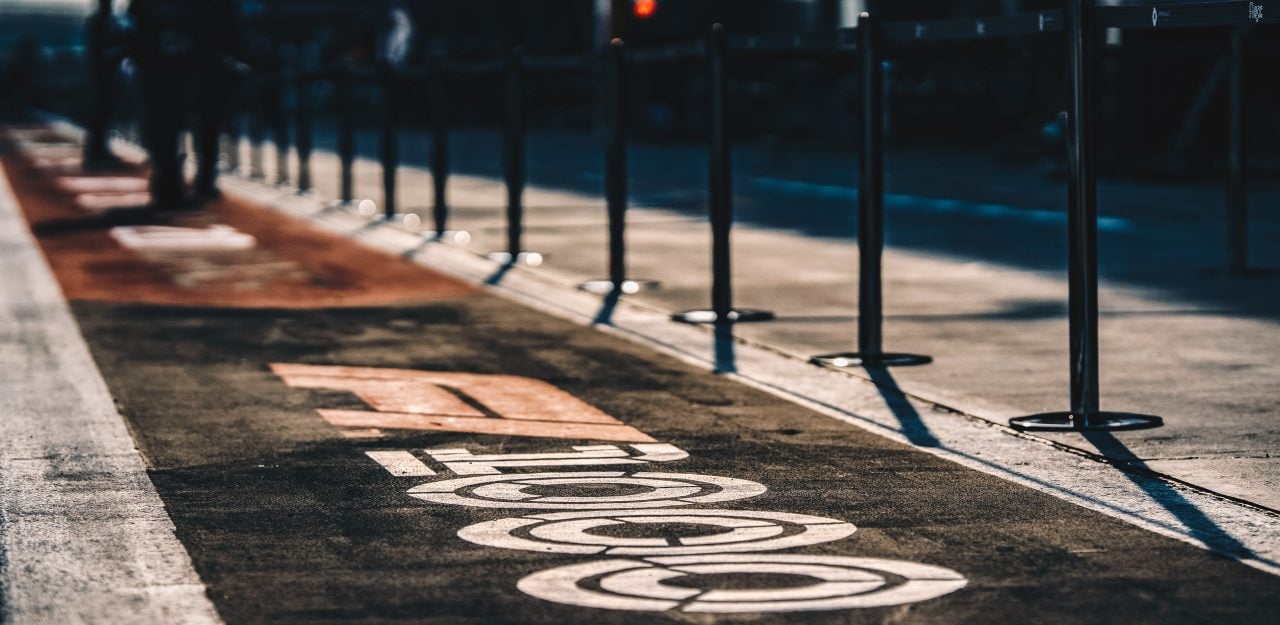
Despite Valtteri Bottas out-qualifying Hamilton for the first time this year in Shanghai, the Finn lamented on the grid that his start from pole position had to be perfect to have any chance of holding back Hamilton. Bottas’ small amount of wheel spin was all Hamilton needed – the Brit put all his power down to jump Bottas before reaching the first turn. Just behind, fourth qualifier Charles Leclerc went by his Ferrari teammate Sebastian Vettel to claim third place.
From that point on, Hamilton’s victory was never in doubt. Ferrari’s pit wall chose to have Leclerc cede his position to Vettel on Lap 11, in the hope that the German could reel in Hamilton, but those hopes vanished with Vettel’s weak opening stint. Leclerc would never recover from the lost time that allowed Verstappen through nor his Ferrari’s gearbox issues later in the race. The two young phenoms would finish fourth and fifth.
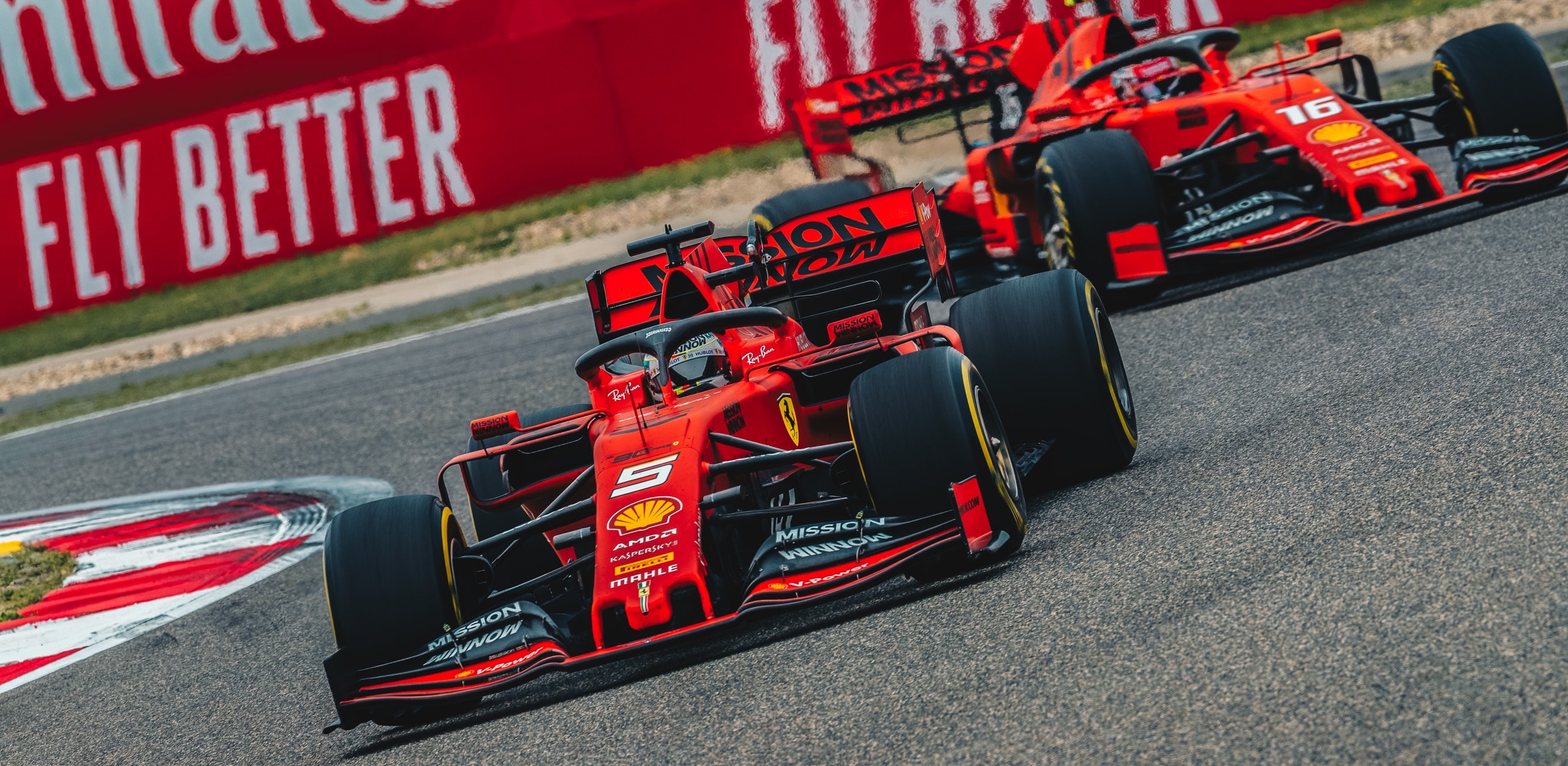
In the wake of Bahrain, Ferrari’s straight-line speed looked to put Mercedes on the back foot in Shanghai.
“(Ferrari) are quick in the straights and there are some very big straights here,” said Bottas.
Mercedes had other plans. In China, teams with great frontal downforce, of which Mercedes has plenty, are equal to those with the highest top speeds. If Mercedes couldn’t match straight-line speed, then they would subtract time in between. Ferrari immediately caught on.
“Slow speed corners are where they are gaining on us, and they seem particularly strong,” said Vettel,” Not all the corners, mostly low speed.”
In the end, Valtteri Bottas claimed his first Formula 1 pole position of the 2019 season in qualifying for the Chinese Grand Prix over Mercedes team-mate Lewis Hamilton by just 23-thousandths of a second, with Sebastian Vettel three tenths down in third, just 0.017s over team-mate Charles Leclerc. Verstappen is fifth, 0.542s off the pace and another eight-tenths faster than Red Bull team-mate Pierre Gasly.
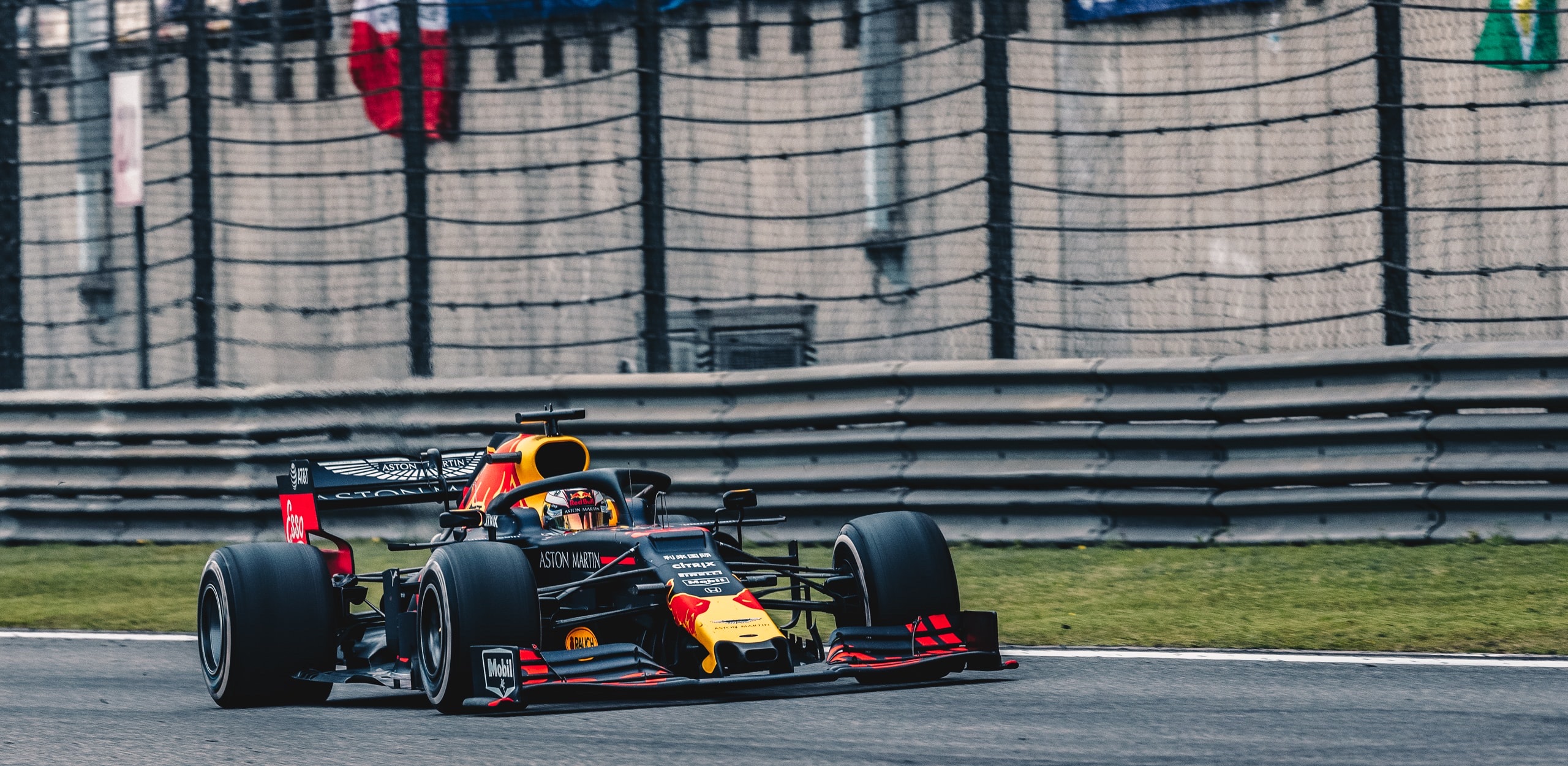
At lights out, Hamilton simply took control. He was even with Bottas half-way to the first corner, and the Finn could do nothing but slot in behind. Vettel looked down the outside, and Leclerc responded by closing on Bottas’ tail, leaving Vettel nowhere to go but to follow. As the midfield approached the Turn 6 hairpin, Toro Rosso’s Daniil Kvyat caught his car’s rear-end snap, but still bounced off Carlos Sainz’s McLaren and then Sainz’s teammate Lando Norris, pitching the rookie into the air. The incident brought a Virtual Safety Car period to clean the track. Tensions settled, and tyre temps stabilised.
Once back to racing, Hamilton slowly added to his lead as the remaining field began tyre-preservation due to the cooler ambient temperatures and higher winds on race day. Every driver now knows that this season’s Pirelli’s can’t be “unstressed”. Whatever stress a driver puts into his tyres, the tyres keep. Overcook your tyres, and they’re finished on the spot – there’s no recovery mode. Into this situation rolled Vettel, eager to pass teammate Leclerc. Ferrari’s pit wall suggested Leclerc push harder or give way.
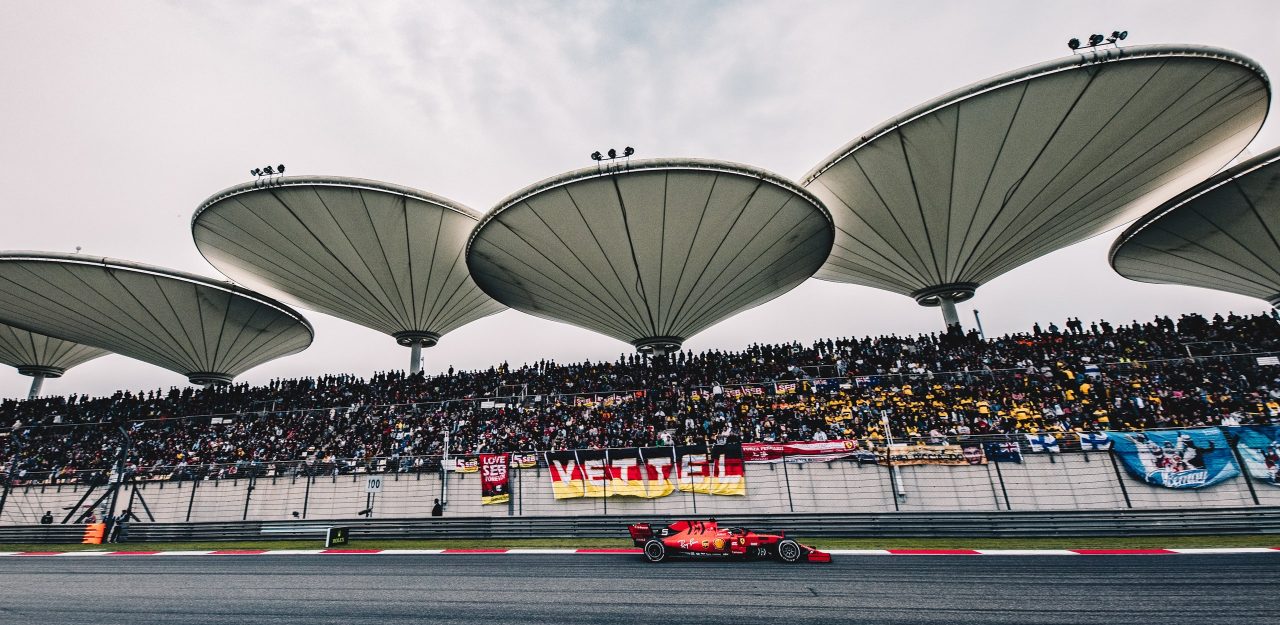
By the beginning of Lap 11, Ferrari instructed Leclerc to let Vettel by, and he complied. Once in clean air, Vettel couldn’t close on Bottas nor even consider Hamilton. Leclerc quickly interjected that now he was being held up. With Mercedes free of pressure, Hamilton began stretching his lead into the distance.
On Lap 18, Red Bull rolled the dice with fifth-placed Max Verstappen stopping for hard tyres. Ferrari responded – stopping Vettel to fit hard tyres as well. Vettel rejoined just ahead of Verstappen.
At Turn 14, Verstappen used DRS to slice under Vettel, but the Dutchman runs wide, and Vettel retakes the position in the hottest wheel-to-wheel action of the race. Ferrari decided to have Leclerc run a long stint on his original tyres, hoping to lure Mercedes into switching tyres earlier than planned. Mercedes shrugged and stayed to their original plan, bringing in Bottas for hards on Lap 22 and Hamilton one lap later. For all of Ferrari’s trouble, Leclerc stopped on Lap 23 and rejoined nearly 11-seconds behind Verstappen.
By Lap 33, Hamilton is cruising and asking whether Bottas has set the fastest lap and thereby secured an extra point.
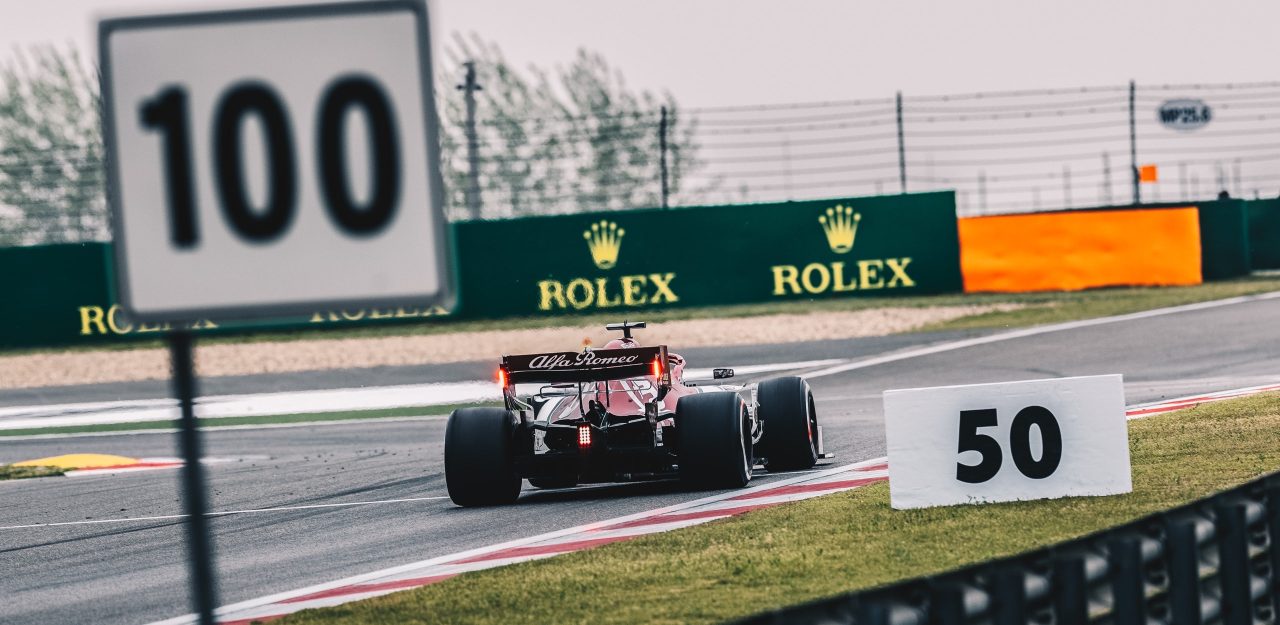
Red Bull rolls the dice again with Verstappen on Lap 36, putting him on fresh mediums. Vettel stops for mediums on Lap 37 and Mercedes double-stacks Hamilton and Bottas for their mediums on Lap 38. Bottas rejoins in third place behind the ever-suffering Leclerc, who, though he puts up a battle, can’t hold off Bottas on his fresher rubber. As Bottas pulls away, Leclerc then loses a position to Vettel as well. When he is finally brought in on Lap 42 for mediums, Leclerc emerges in fifth place, 15-seconds behind Verstappen.
Hamilton crosses the line 6.55-seconds ahead of Bottas, and 13.7-seconds ahead of Vettel – teammate Leclerc, once firmly in third place, closed to within four seconds of Verstappen but is still 31.2-seconds adrift of Hamilton.
Pierre Gasly finished sixth, running mostly by himself, but had the honour of stopping for soft tyres just two laps from the flag and setting fastest lap to take the bonus point from Mercedes. Renault lost Hulkenberg only 16 laps into the race but had teammate Ricciardo finish seventh in front of Sergio Perez. Kimi Raikkonen claimed ninth, and Alex Albon salvaged a well-earned final point for Toro Rosso after nearly destroying his car in P3 and starting the race from the pit lane.
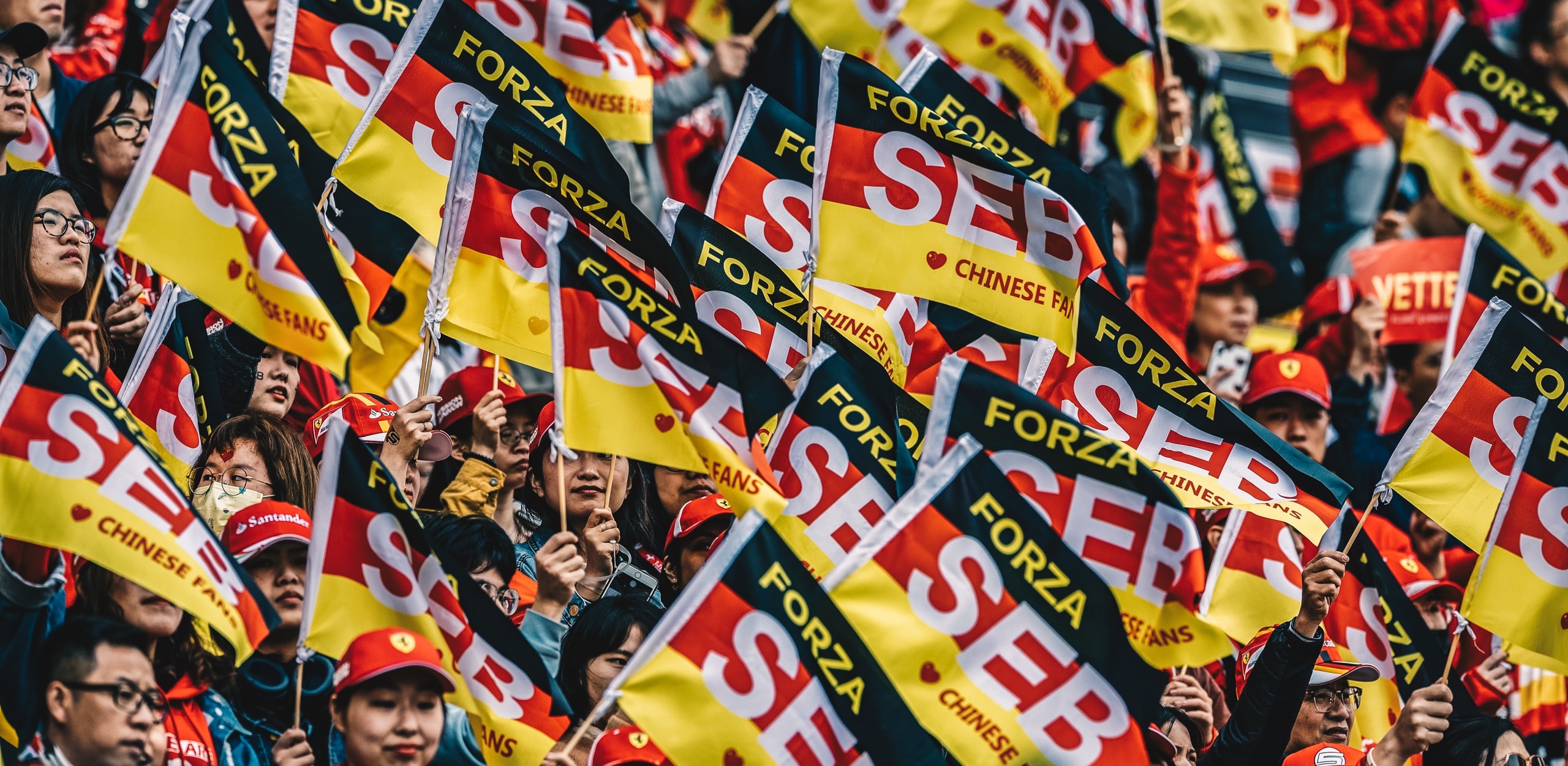
At its historic 1,000th Grand Prix in Shanghai, if we have learned anything in the last five years about today’s F1, it’s that Grand Prix racing has lost its power to amaze. Practice establishes downforce balance and data-dictated setups rule Q2 and Q3. Proof? The first five rows of the Shanghai grid line were: Mercedes – Ferrari – Red Bull – Renault – Haas, which happened to be last year’s championship order as well.
Starting places decided, the drivers then race to match the profile of Pirelli’s tyre choices. It’s only inclement weather or an unexpected coming together that allows drivers to display the tenacity and skills that have been the emotional underpinnings of F1 since 1950, literally a thousand races ago.
